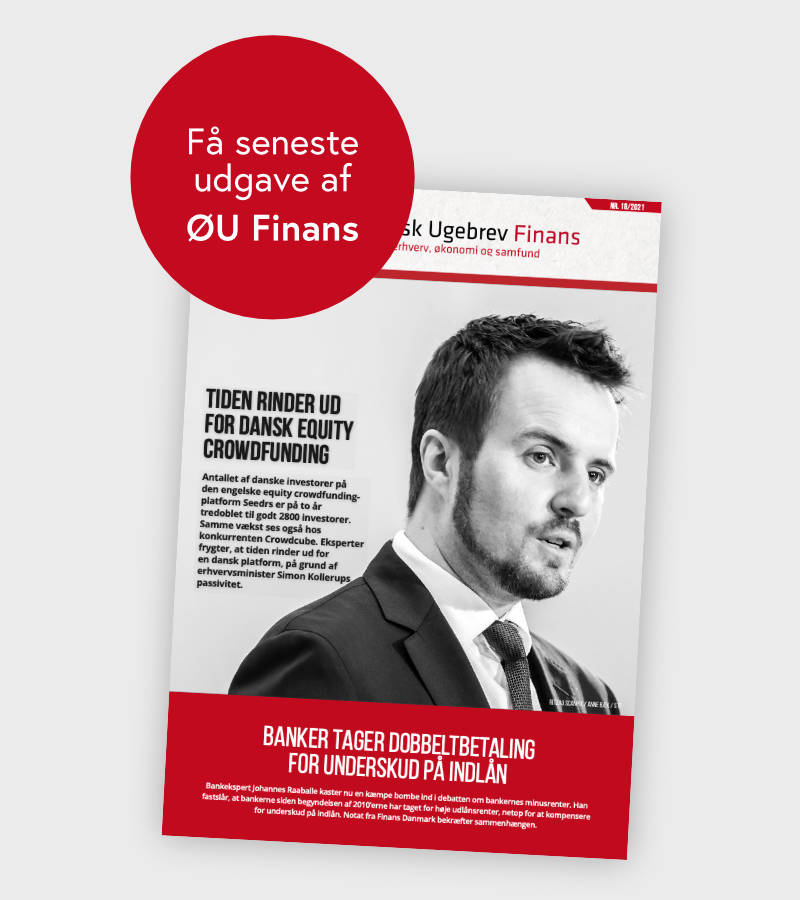ABNamro: Still a long road to go for EU banks to become greener and less exposed to transition risks.
“Using the Capital Requirements Regulation (CRR) Pillar 3 reports by banks in the EU, we assess their loan portfolios’ exposure to sectors that highly contribute to climate change, their “greenness” as well as their transition risk. We conclude that within the sample analyzed, 70% of the loan exposure of European banks is towards sectors that highly contribute to climate change, with particular concentration towards real estate (27%) and manufacturing (13%). In line with that, banks disclose that, on average, a mere 0.7% of the loan exposure is towards activities that substantially contribute to climate change mitigation. At the same time, there does not seem to be much difference between the average maturity of loans towards sectors that highly contribute to climate change and the average maturity of the loan book. Using the Alessi et Battiston (2023) methodology, we also calculate these banks’ Taxonomy-alignment coefficients (TAC) and Transition-exposure coefficients (TEC). Our analysis indicates that Nordic banks have a higher TAC when compared to the remaining of the sample, indicating a higher “greenness”, but also a higher TEC, contradictorily indicating a higher exposure to transition risks.”
Læs hele analysen her.
Unicredits Erik F. Nielsen: The ECB message: Not hawkish; further rate cuts are coming. “On Thursday, the ECB delivered its fully-telegraphed 25bp rate cut. However, the slight increase in their inflation forecast for this year and next, along with a rather uncommitted message with respect to future rate decisions, were widely interpreted as hawkish. I disagree. The revision of the inflation forecast was quite predictable and more “institutional” than real. As you know, the June and December forecasts are done by the entire eurosystem (i.e. all the national central banks in cooperation with the ECB staff), while the March and September forecasts are done by the ECB staff alone. This always produces some (undesirable) volatility in the forecasts, and generally towards the hawkish side when the eurosystem is in charge – and generally wrongly so. And I don’t share the interpretation that President Lagarde’s noncommittal message implies a hawkish bias in the Governing Council’s outlook for rates. Granted, she did say, “I cannot confirm that it is the dialling-back process that is underway”, but her very next sentence was: “There’s a strong likelihood [of this being the dialling-back process], but it will be data-dependent and what is very uncertain is the speed at which we travel and the time it’ll take.” So, there’s a “strong likelihood” that rates will be moving lower (how could anyone have expected that she would have made that statement unconditional?), but the speed of cuts are “very uncertain.” I would have preferred just “uncertain”, as opposed to “very uncertain”, but now we are splitting hairs.”
Læs hele analysen her.
Deutsche Bank: Europe is looking forward to a big sporting summer, with the UEFA Euros followed by the Olympics in Paris. “With Germany hosting the former, we have been asked whether it matters economically. The tournament itself is worth perhaps 0.1% of quarterly GDP in Germany as a temporary boost – hardly a catalyst for the ongoing economic recovery. But this could be more supportive if Germany repeated something akin to the Sommermärchen (the ‘summer fairy tale’) of the 2006 World Cup. According to empirical research, host nations of mega events rarely earn positive economic or even social returns on often publicly funded investment sprees in new stadiums and public infrastructure. Even in the short term, event-related investments typically involve low income and employment multipliers. The most relevant precedent, the 2006 World Cup in Germany, came with no lasting income or employment effects despite more than EUR 3bn of investment in new infrastructure. All in all, the cost-benefit analyses of most events seem questionable ex-post.”
Læs hele analysen her.
Morten W. Langer







